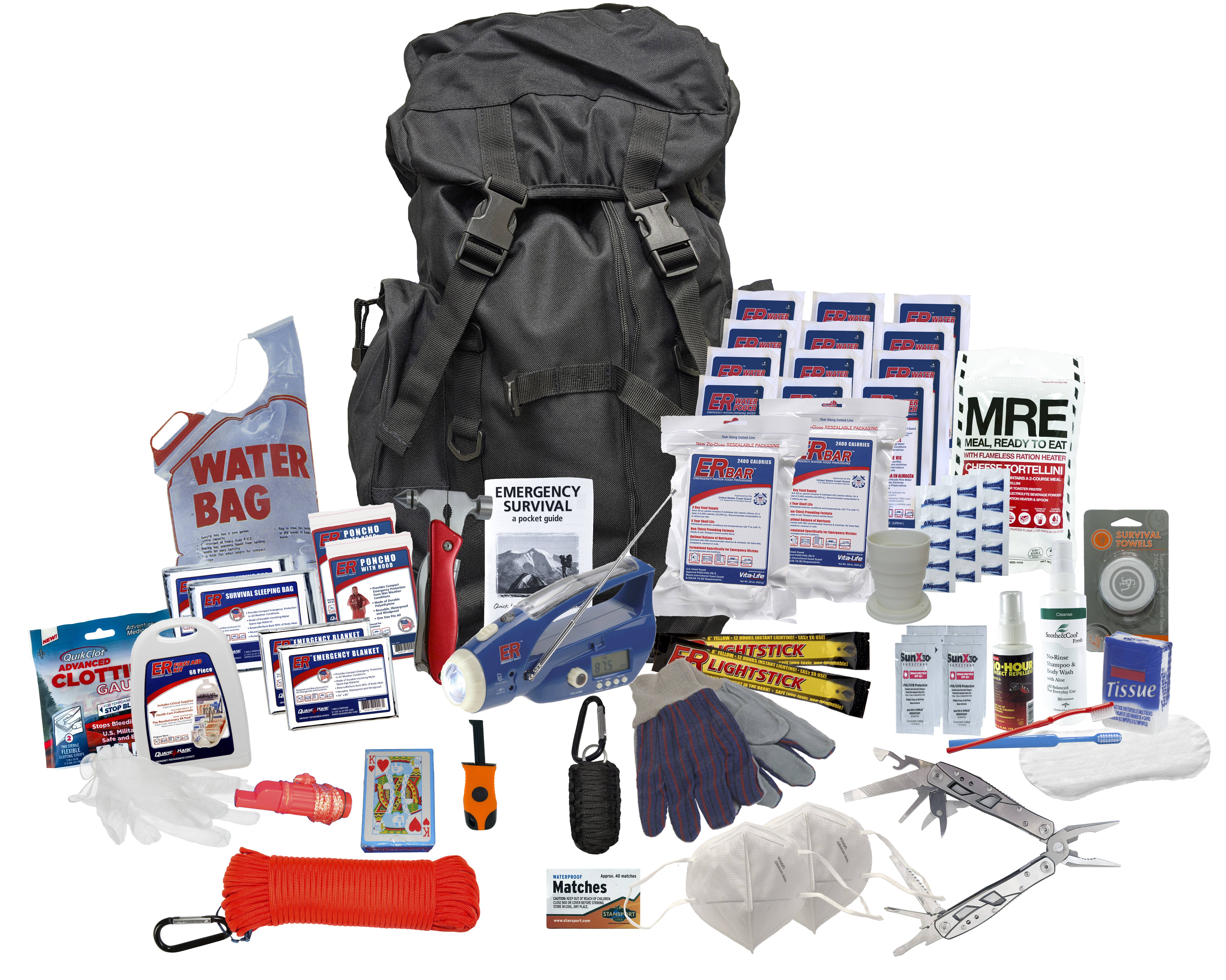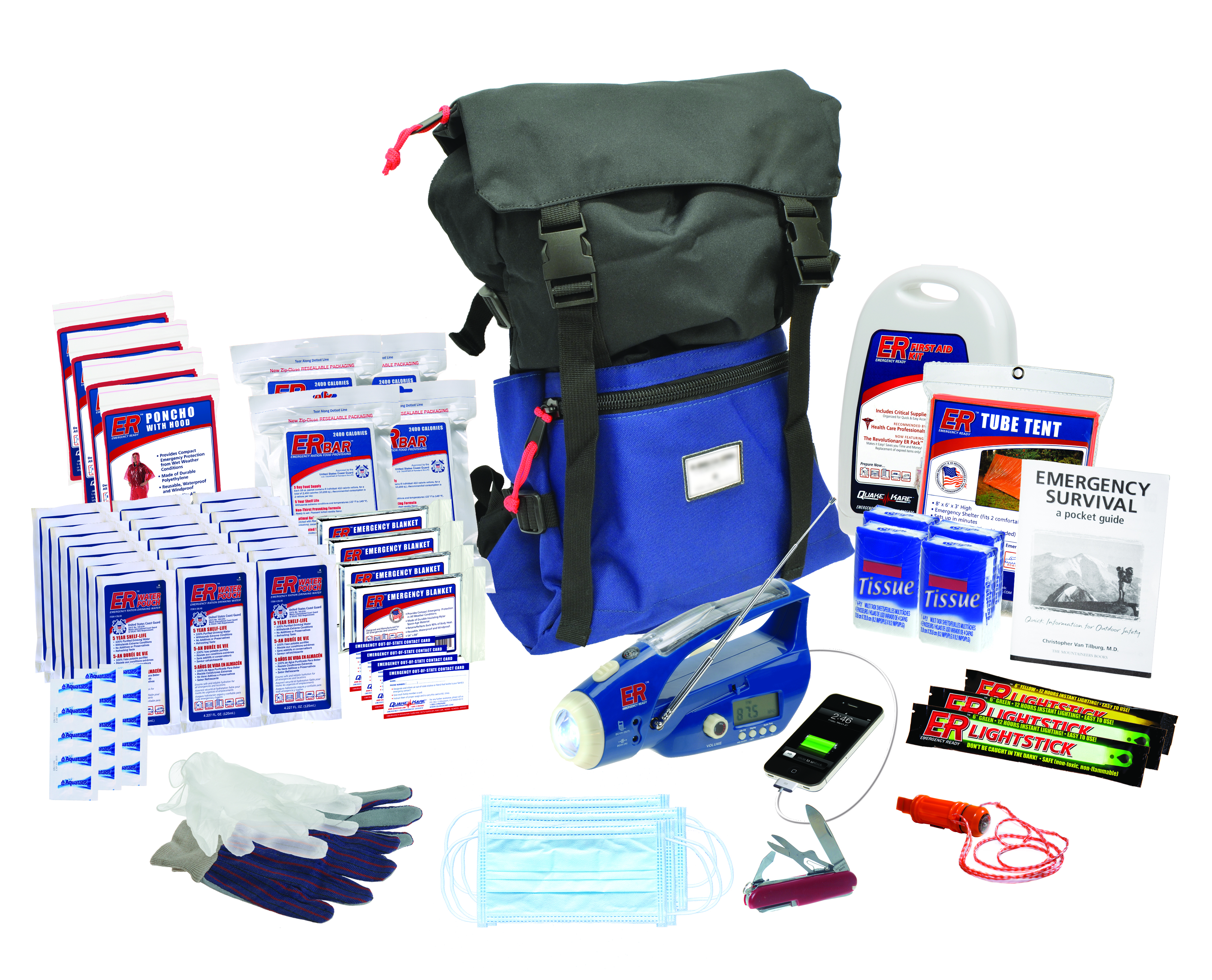Recent Posts
- Essential Earthquake Safety Information: How to Protect Yourself and Your Loved Ones
- What to Do In an Earthquake - The Complete Guide
- Georgia Resident Uses STOP THE BLEED® Training to Save Neighbor
- Emergency Preparedness for Older Adults
- Don't Be a Hot Dog: How to Keep Your Pets Safe This Summer
Bracing For Blaze: A Comprehensive Wildfire Preparedness Plan

Wildfires seem to be on the rise, becoming more frequent and powerful than ever. No matter where you live - close to a forest, in the countryside, or simply in a hot and arid region - you could potentially face the wrath of a wildfire. Truth be told, they can occur anywhere, and our changing climate only exacerbates the issue.
These blazing disasters are known for their unpredictability, often ignited by humans (sometimes unintentionally) or sparked by extreme weather conditions. They wreak havoc on homes, infrastructure, and agriculture, with an average of 1.2 million acres of US woodland burning annually.
But fear not! There's a silver lining if you're well-prepared. Navigating a wildfire successfully starts with planning ahead. By equipping yourself with the right knowledge and tools, you can protect yourself and your loved ones, giving you a priceless sense of security. And that's genuinely empowering!
To help keep you prepared and safe, here are some valuable tips for before, during, and after wildfires.
Steps to Take Before a Fire
As wildfires become increasingly common, it's crucial to take a proactive approach and prepare yourself and your loved ones for a potential fire emergency. Start by assembling an emergency preparedness kit, which is an essential step in staying safe. At a minimum, your kit should contain bottled water, non-perishable food, a battery-powered radio, a whistle, flashlights, and extra batteries, among other supplies. You can also consider ready-made kits like Quake Kare's Ultimate Bug Out Bag or the 4 Person Ultimate Go Bag, which already includes everything you need to survive a fire.
Wildfires dramatically alter the terrain and ground conditions of the affected area and can destroy homes, businesses, infrastructure, natural resources, and agriculture. While you can’t prevent all wildfires from happening, there are some ways to secure your property to minimize damage and keep your home and your future safe. FEMA has a guide, Protect Your Property From Wildfires, which outlines the steps you can take to protect your home from wildfires.
Don't forget to install smoke alarms on every floor of your home, test them monthly, and replace their batteries at least once a year. Additionally, plan for evacuation by familiarizing yourself with escape routes in case of an emergency. Determine who will need to be picked up, ensure you have transportation options, and arrange a place to stay with relatives or friends outside the evacuation zone. Remember to include plans for your pets, too.
Finally, take the time to create your personalized plan, knowing exactly what to do if a fire breaks out nearby. Practice this plan with your family twice a year to ensure everyone's safety and readiness.
What to Do During a Fire
During a fire, your top priority is to follow your pre-planned escape route, ensuring every family member is familiar with the plan and knows what to do. It's a good idea for everyone to wear N95 masks for protection from harmful airborne particles, even while evacuating.
Stay connected with local authorities and emergency personnel by tuning into evacuation warnings on local radio, TV, and social media channels. Your local fire authorities may also provide a website or phone hotline for evacuation instructions during fire season.
To help your home stand out in the smoke, turn on all outside lights, making it easier for firefighters and rescue teams to spot it. Move flammable furniture or items away from windows and doors to minimize damage, and place outdoor furniture at a safe distance from the house.
Keep an eye on weather forecasts to anticipate where the fires might spread and make informed decisions about whether to evacuate or stay put.
Tips for After a Fire
After a wildfire, follow these steps to minimize damage to your home or property and get your life back on track:
Arrange for a professional inspection of your home to assess damage and determine necessary repairs. Document everything with photographs for your records and contact your insurance agency.
Refrain from drinking, cooking with, or washing in water until officials confirm it's safe, as contaminants may have spread due to debris-filled water runoff. Even after clearance, consider using bottled or filtered water for added safety.
After the fire has been extinguished and authorities allow reentry into the area, proceed with caution. Small embers may still be hidden in trees or dried vegetation, ready to reignite with a change in weather or an unexpected breeze. To prevent further damage, maintain a "fire watch" and check your home and surrounding areas for hot spots or embers every few hours during daylight for at least three days after the fire.
Don't Get Caught Unprepared
An emergency kit is crucial in the face of a wildfire because it can make all the difference when it comes to ensuring your safety and well-being during a rapid evacuation. Having a pre-packed emergency kit allows you to respond quickly and efficiently, providing you with vital supplies such as food, water, first-aid items, and communication tools. In the chaos of an evacuation, having a well-prepared kit can offer peace of mind and the necessary resources to help you and your family navigate the crisis and reach a safe location.
Ultimate bug Out Bag
The Ultimate Bug-Out Bag is the most comprehensive go-bag on the market. This bag contains essential supplies to aid you and your family in the event of an immediate evacuation. This kit will fulfill needs for shelter, food/water, search & rescue, communication, lighting, hygiene, and first aid. The Bug-Out Bag is durable enough for any environment. It contains food and water that can be stored in areas that experience extreme temperature fluctuations such as inside a vehicle. Keep this bag in your vehicles, office, or home. You are not going to want to be without this bag when disaster strikes.
4 Person Ultimate Go Bag - Extended Shelf Life
The 4-Person Ultimate Go-Bag contains 72-hours of survival items to fulfill an individual's needs for food, water, first aid, emergency tools, hygiene, communication, lighting, and shelter. The kit can safely store in a vehicle exposed to temperature within -22°F to 149°F (-30°C to 65°C). Supplies are packed in a durable, tactical, black backpack for portability and endurance. Emergency rations have a guaranteed shelf-life of up to 5 years, with the option to receive a complimentary replacement supply of food and water nearing their expiration dates. Store this bag in your vehicle or office and keep it in your home to ensure you will always have supplies on hand.


